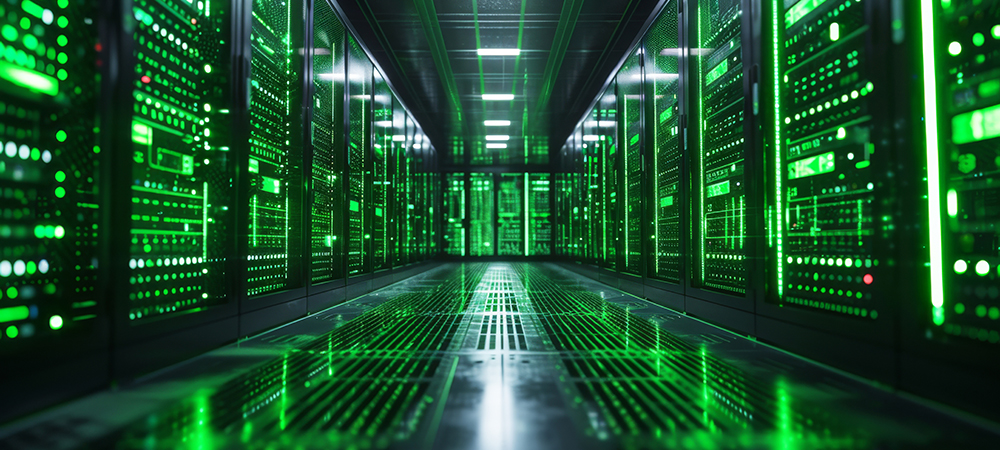Rafael Garrido, Vice President, Vertiv Latin America, says sustainability standards are more than a market trend.

Data centers are essential to support and foster the rapid adoption of digitalization, including high-performance computing and AI.
However, this growth has also drawn attention to the energy consumption and environmental impact caused by the segment.
A study by the International Energy Agency (IEA) states that improvements in energy efficiency have, however, helped mitigate the increased demand for energy from data centers and data transmission networks, each of which accounts for 1 to 1.5% of global electricity use.
In response to this challenge, new regulations have emerged in the industry seeking to improve energy efficiency, manage energy consumption and reduce environmental impact, to move towards more sustainable operations.
This includes implementing cutting-edge technologies such as more efficient cooling systems, using clean energy sources such as solar and wind, implementing recycling and water reuse systems, reducing consumption in day-to-day operations, investing in server virtualization and finding ways to offset emissions.
A number of companies in the data center industry are already proactively taking steps towards taking steps towards sustainability.
For example, the initiative supported by the European Data Center Association is part of the Climate Neutral Data Center Pact, which promotes self-regulation and seeks commitment from operators to support the European Green Deal and achieve the ambitious greenhouse gas emission reduction targets of the Climate Change Act.
These stakeholders have committed to proactively making data centers carbon neutral by 2030. One of the key actions being that, as of January 1, 2025, new data centers operating at full capacity in cold climates must meet an annual PUE target of 1.3 and new data centers operating at full capacity in hot climates must meet a target of 1.4.
In 2022, the U.S. Department of Energy (DOE) announced resources of up to $42 billion to support the development of energy-efficient, high-performance cooling solutions for data centers and it is part of the Biden administration’s goals to reach net zero carbon emissions by 2050.
Latin America is closely monitoring these global regulations as sustainability becomes one of the key drivers of competitiveness in the data center market.
However, the industry recognizes that this is more than a market trend, it is a necessity to ensure the future of companies and the environment.
With these new regulations, data center companies are looking to prepare to meet the requirements, which means taking sustainability into account at every stage, from design to day-to-day operations.
A guide to data center sustainability has been developed for data center owners and operators seeking best practices for designing and operating low-impact data centers, as well as complementary technologies that evolve to support greater use of renewable energy.
Click below to share this article

